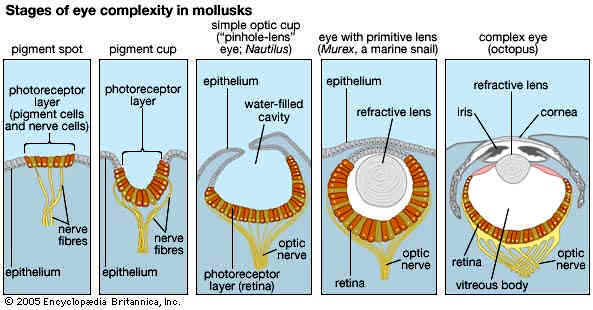Barbarian observes:
That's directly observed to happen. Natural selection tends to preserve the most fit, and the next generation selects the most fit of those. It's not debatable.
I'm happy to see you used the word..tends...
The race is not always to the swift. But that's where the smart money is. The law of large numbers pretty much makes that a sure thing for most populations.
The problem you have...and so far have not answered is.....how does the second and 3rd slight mutation occur and effect the DNA responsible in a way in which it comes effective?
Same way the first one did. Remember each generation is the survivors of the previous one. So for example if it's advantageous for an organism to be able to detect from where light is coming, then a mutation that causes pigment to accumulate in one spot is very useful, since it will be more sensitive to light, and the organism can sense which side the light is on.
So most of the population will have the spot after a few generations. So then if another mutation that causes the spot to be in a slight depression occurs, then the organism will be able to more precisely identify from where the light is coming. Another easy one would be to have more sensory structures beneath the spot to detect the energy absorbed by it.
And after a few generations, that becomes the most common form.
You ack as if this process is gimme. You assume it's a done deal.
See above. I'm sure that if you had thought about it for a bit, you'd have realized how it works.
Is it? You can't show how it happened the supposed first time...let alone now.
No, that's wrong. We still have both of the forms I mentions in living populations. Euglena, for example has the first mutation, a dark spot.
And there is the evidence. The intermediate stages you said couldn't exist. They still do exist in living organisms.
